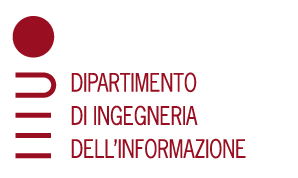Nowadays, large amounts of data are produced in a wide spectrum of domains. The effective exploitation of this data, reckoned as one of the most important scientific challenges of the 21st century, requires a sharp paradigm shift with respect to traditional computing. Our research concerns the design, analysis, and engineering of algorithmic techniques for dealing with big data, exploring tradeoffs between computation efficiency and solution quality.Specific areas of investigation are listed below.






